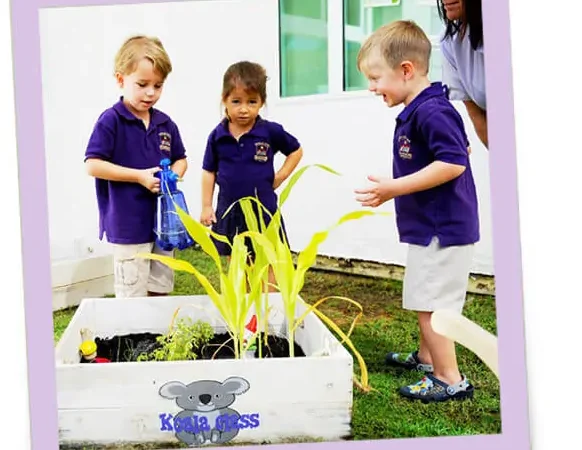

Steps To Organize A Drawing Class For Kids
Organizing a drawing class for kids can be a rewarding experience that nurtures creativity and self-expression. Whether you are an art teacher, a parent, or an art enthusiast looking to share your skills, creating an engaging and fun drawing class requires thoughtful planning and preparation. Here’s a step-by-step guide to help you organize successful drawing classes for kids in Dubai.
Define your class objectives:
Before you start planning your class, it’s important to define what you want the kids to achieve by the end of the course. Are you aiming to teach basic drawing skills, introduce them to different art mediums, or focus on a specific theme like animals or nature? Having a clear objective will help you structure your lessons and choose appropriate activities. It’s also important to consider the age group you’re targeting, as this will influence the complexity of the tasks and the teaching methods you use.
Choose a right location:
Selecting the right location is important for a successful drawing class. If you’re conducting the class at a school or community center, ensure that the space is child-friendly, well-ventilated, and has plenty of natural light. The area should be spacious enough to accommodate all the participants comfortably and have tables and chairs suitable for drawing. If you’re hosting the class at home, set up a dedicated space free from distractions, with easy access to art supplies and materials.
Gather art supplies and materials:
Once you’ve decided on the location, the next step is to gather all the necessary art supplies and materials. For a basic drawing class, you’ll need paper, pencils, erasers, colored pencils, markers, and perhaps some crayons. Depending on the class’s focus, you may also want to include other materials like charcoal, pastels, or watercolors. Ensure to have enough supplies for every participant and consider providing aprons or old shirts to protect their clothing from any mess.
Plan your lessons and activities:
Effective lesson planning is key to keeping kids engaged and excited about drawing. Start by breaking down your class into manageable segments, such as warm-up exercises, demonstrations, and hands-on practice. Incorporate a variety of activities that cater to different skill levels and learning styles. For example, you could begin with a simple drawing exercise, followed by a guided demonstration on shading techniques, and end with a fun, creative project like drawing their favorite animal or character.










